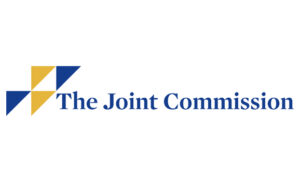Studies highlight success strategies for combatting handoff communication failure, care inequity
Editor's Note
Recent research sheds new light on addressing two of the most pressing problems for surgical care: handoff communication failures and care bias and inequities leading to adverse—and preventable—events.
These problems are the subjects of two separate success stories in the August issue of The Joint Commission Journal on Quality and Patient Safety.
In the first, the University of Texas MD Anderson Cancer Center research team reports on implementing the I-PASS tool to standardize handoff communication across inpatient services (I-PASS stands for illness severity, patient summary, action list, situational awareness and contingency planning, and synthesis by receiver). After the tool’s integration into the electronic health record (EHR) and extensive staff training, handoff adherence improved from 41.6% in 2019 to 70.5% in 2022. Additionally, positive perceptions of handoff safety culture increased from 38% in 2018 to 59% in 2022.
According to the Joint Commission, Communication failures are among the most frequent causes of harmful medical errors, and an estimated 67% of communication errors relate to handoffs.
The second example covers NYC Health + Hospitals introduction of a tool called the Patient Equity Wheel, a visual aid designed to embed equity in root cause analysis. Outlining internal, external, and organizational dimensions of equity, the tool measured levels of discomfort during two-hour, interactive training sessions across 11 acute care facilities. According to the article, the tool effectively increased knowledge and comfort in equity discussions and is now used across the system in various stages of event analysis.
According to the Joint Commission, adverse events occur in about one in four hospital admissions, and many are preventable.
Read More >>

 Free Daily News
Free Daily News